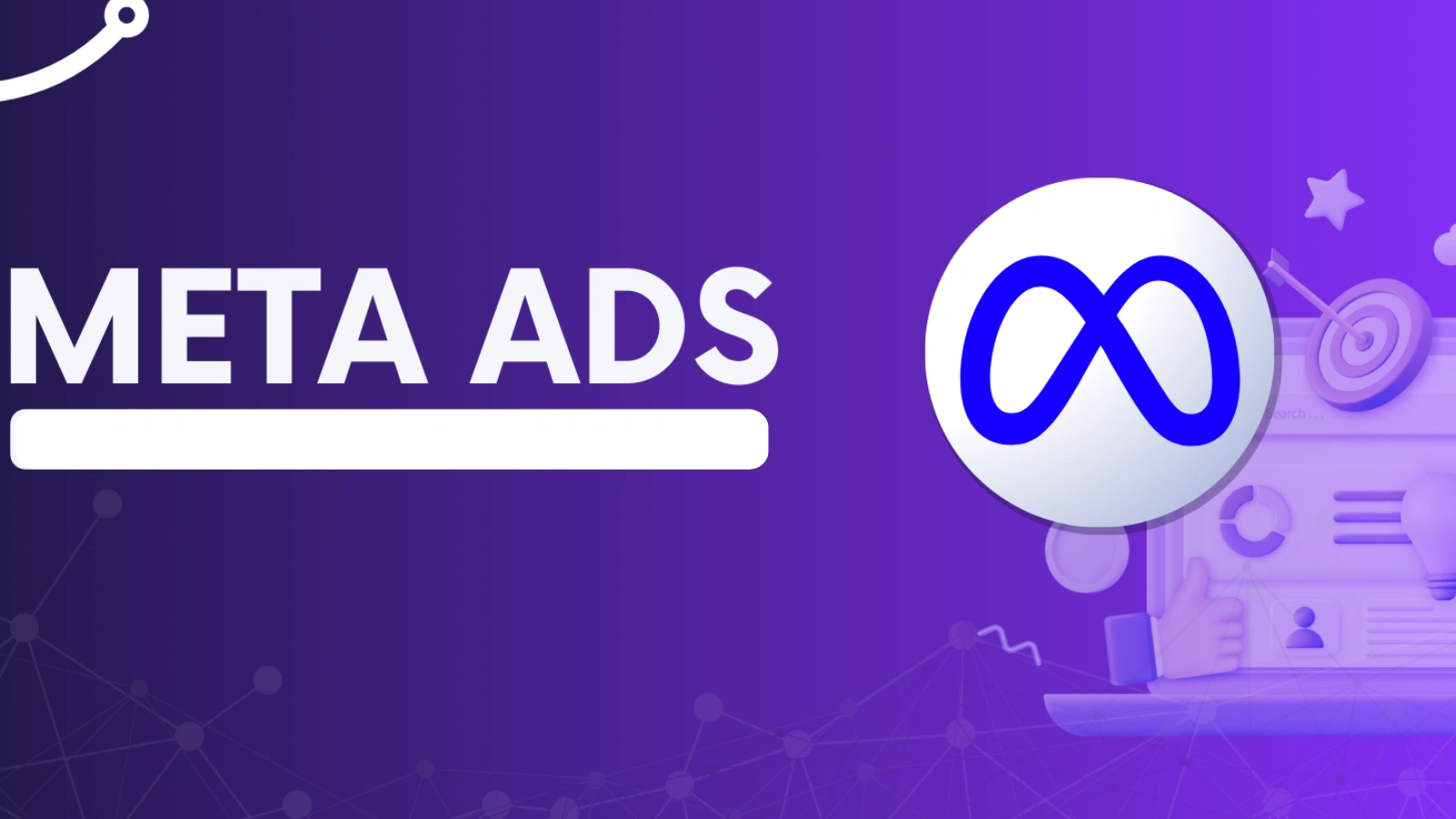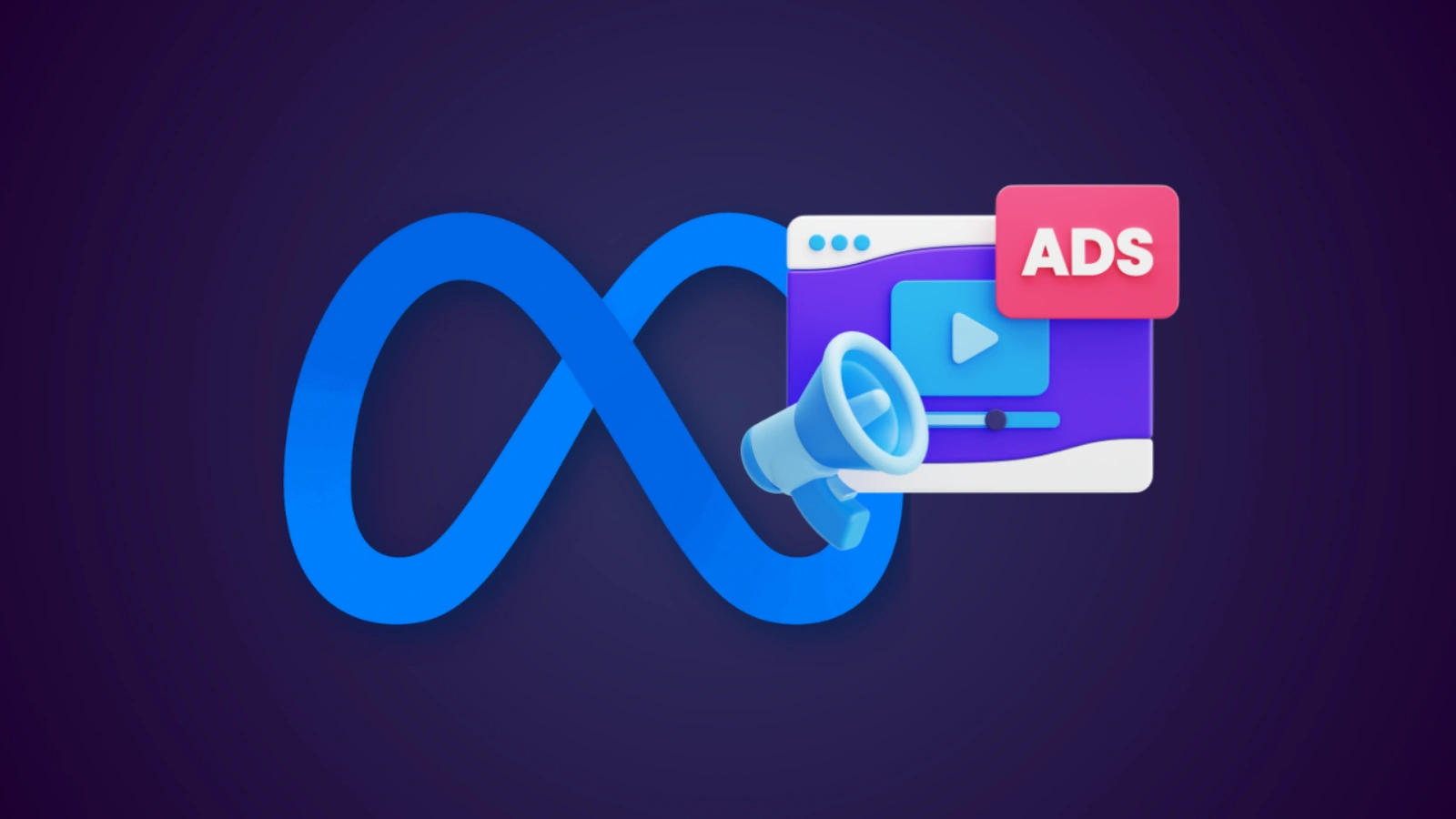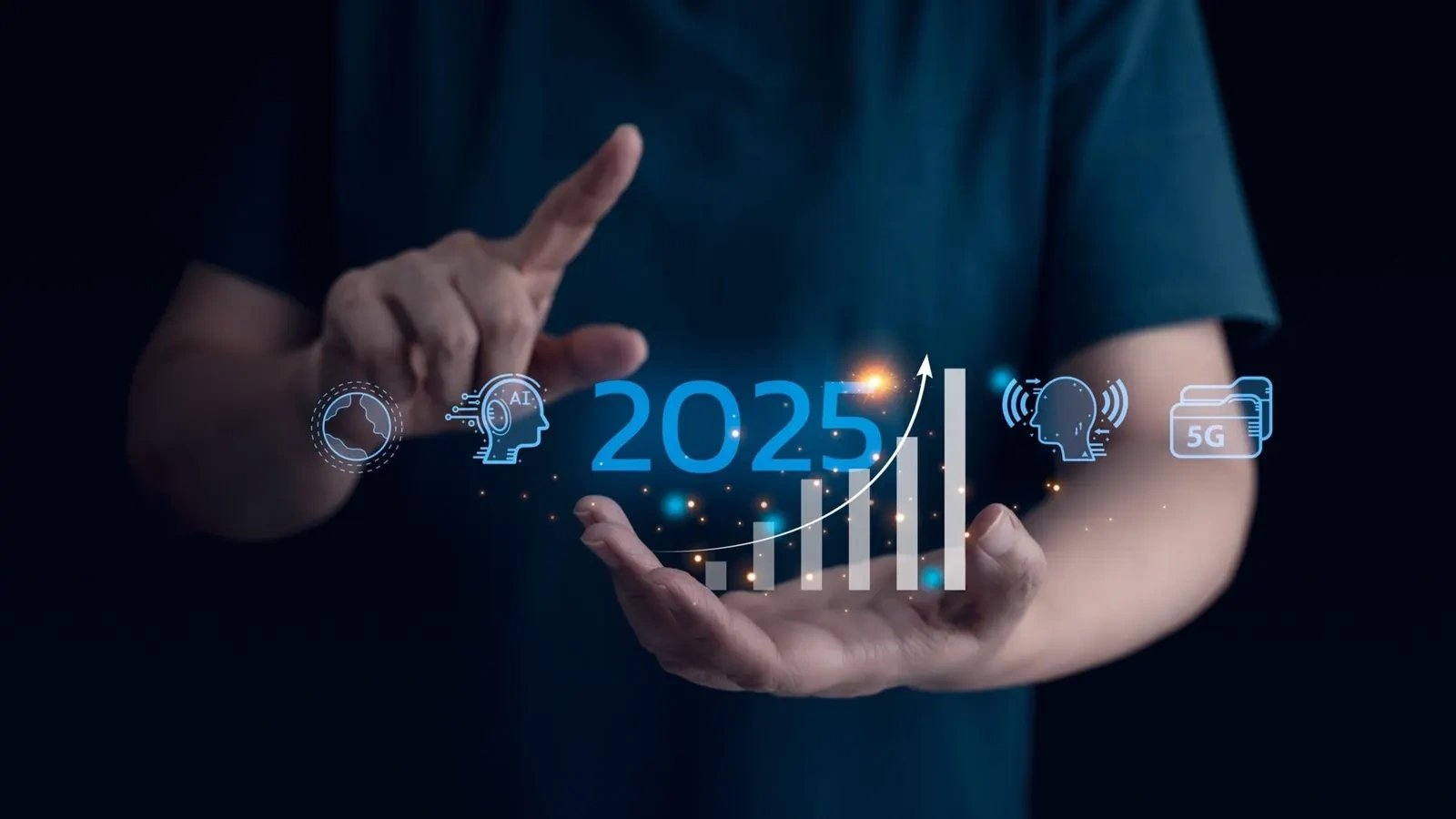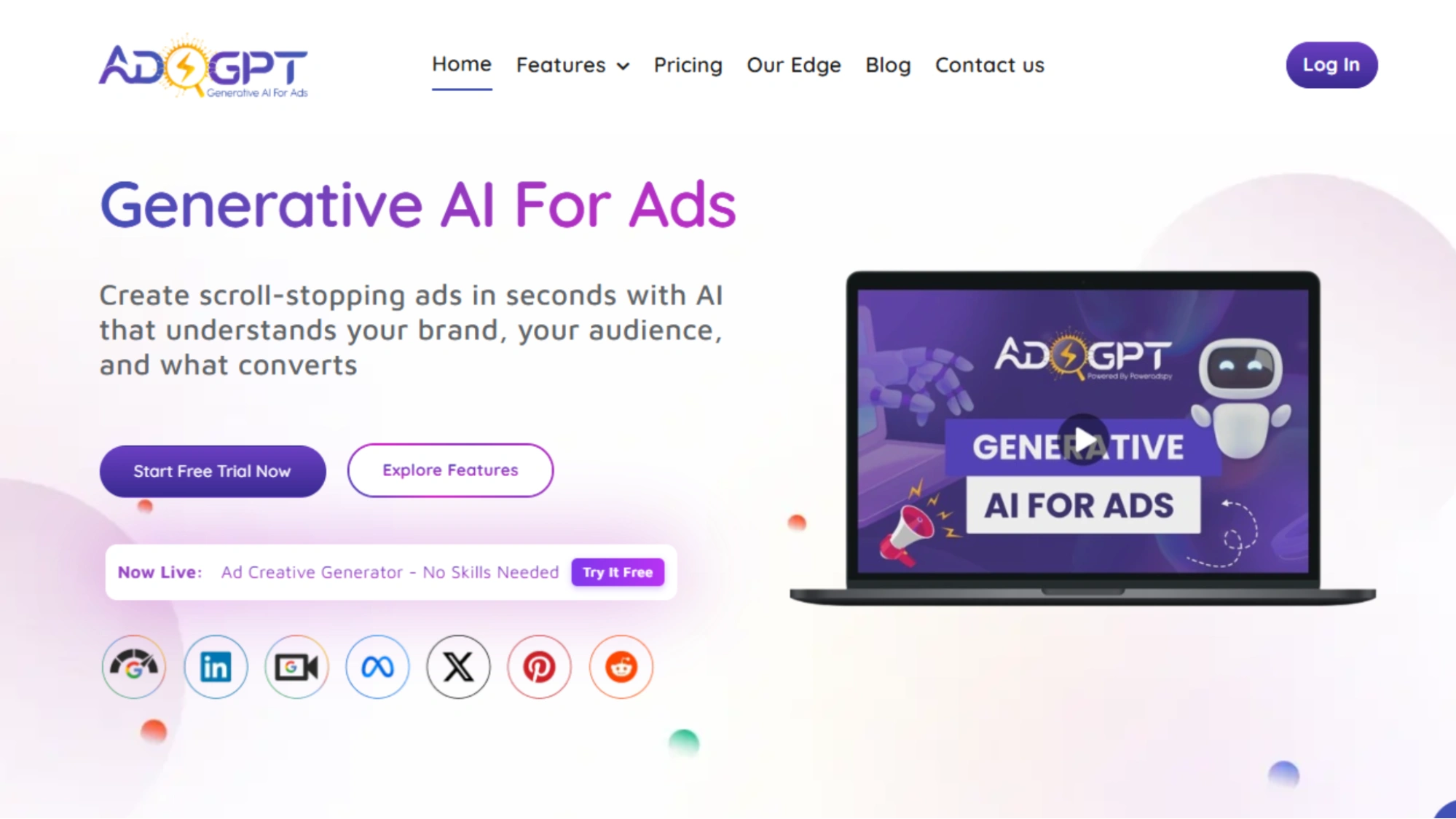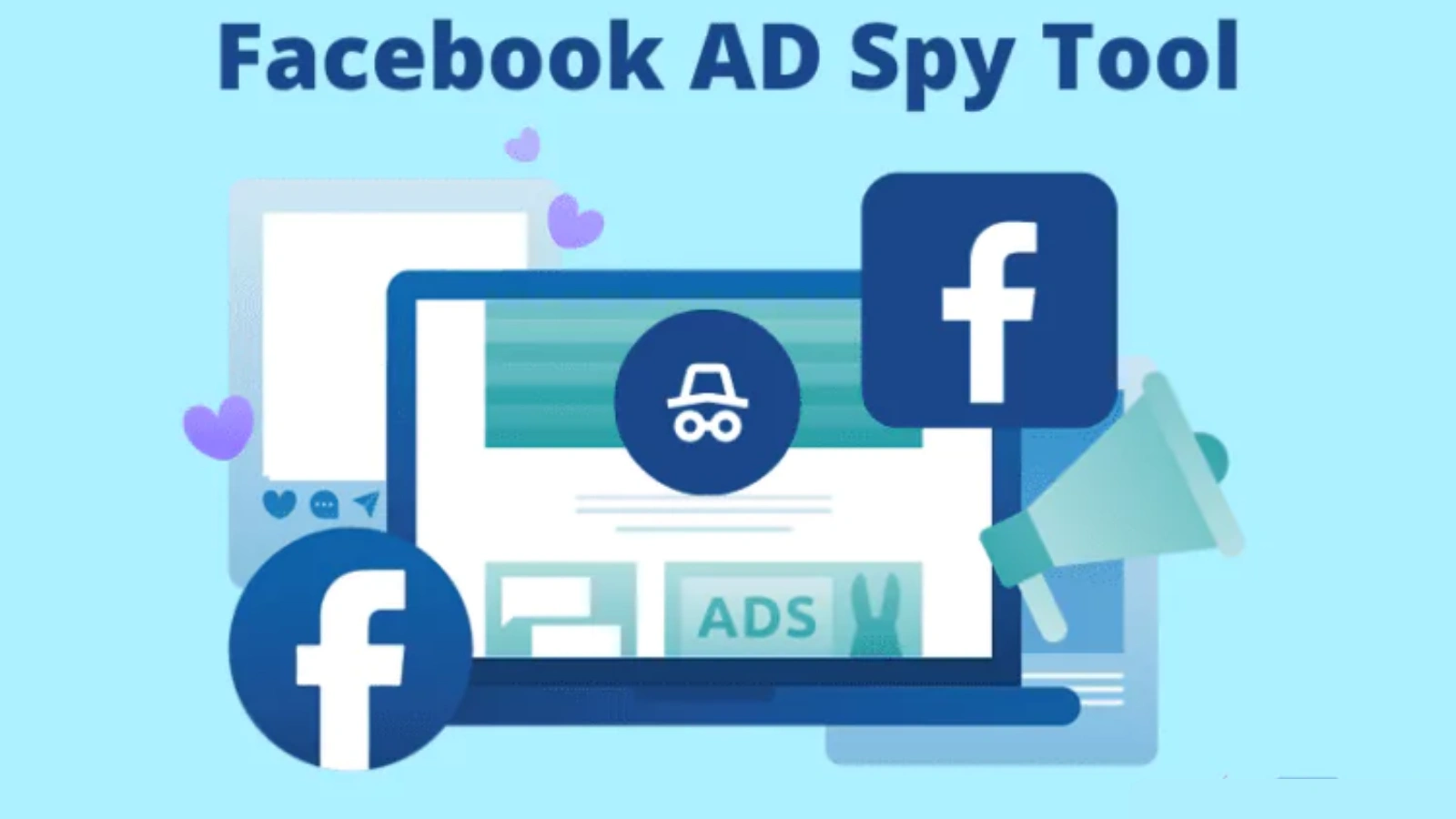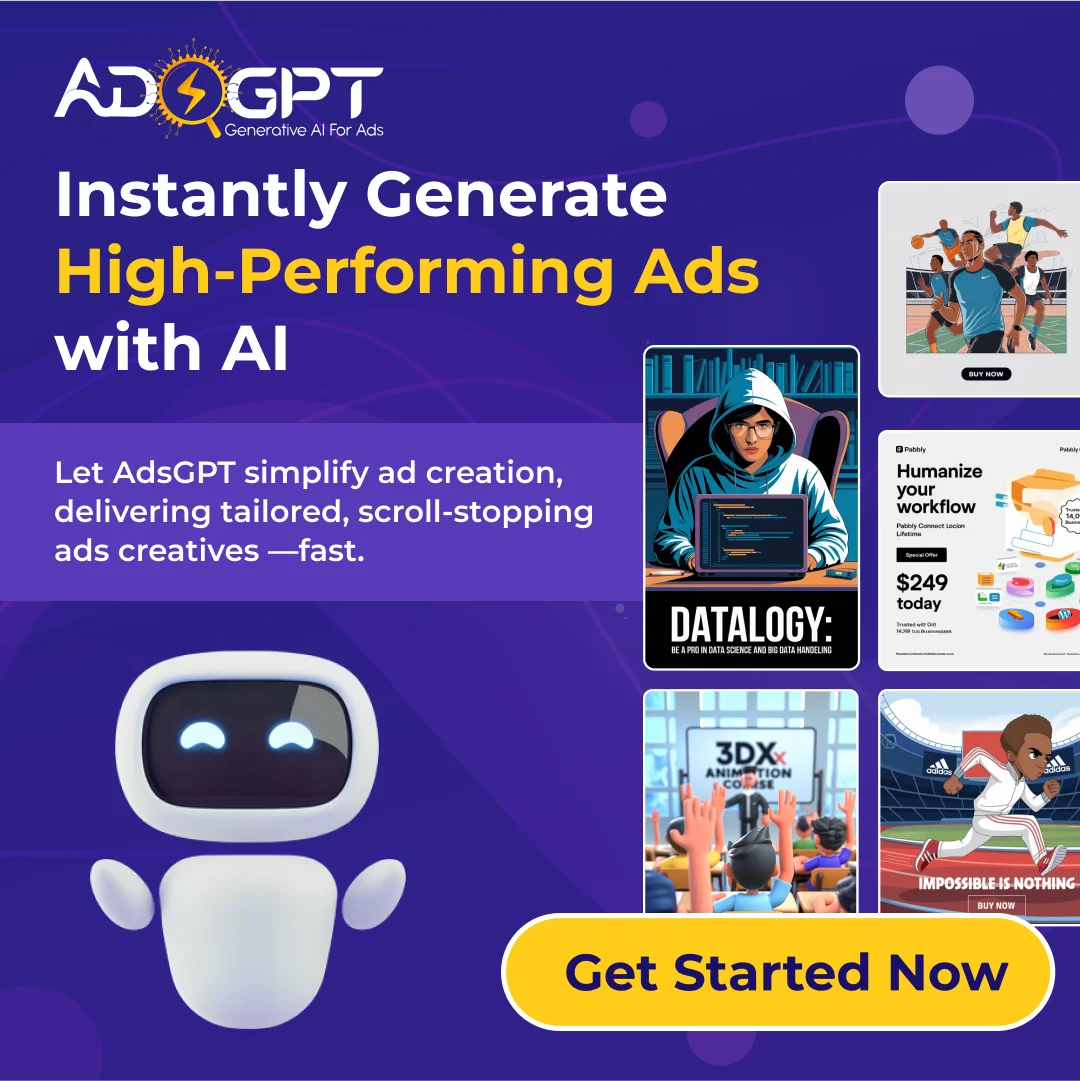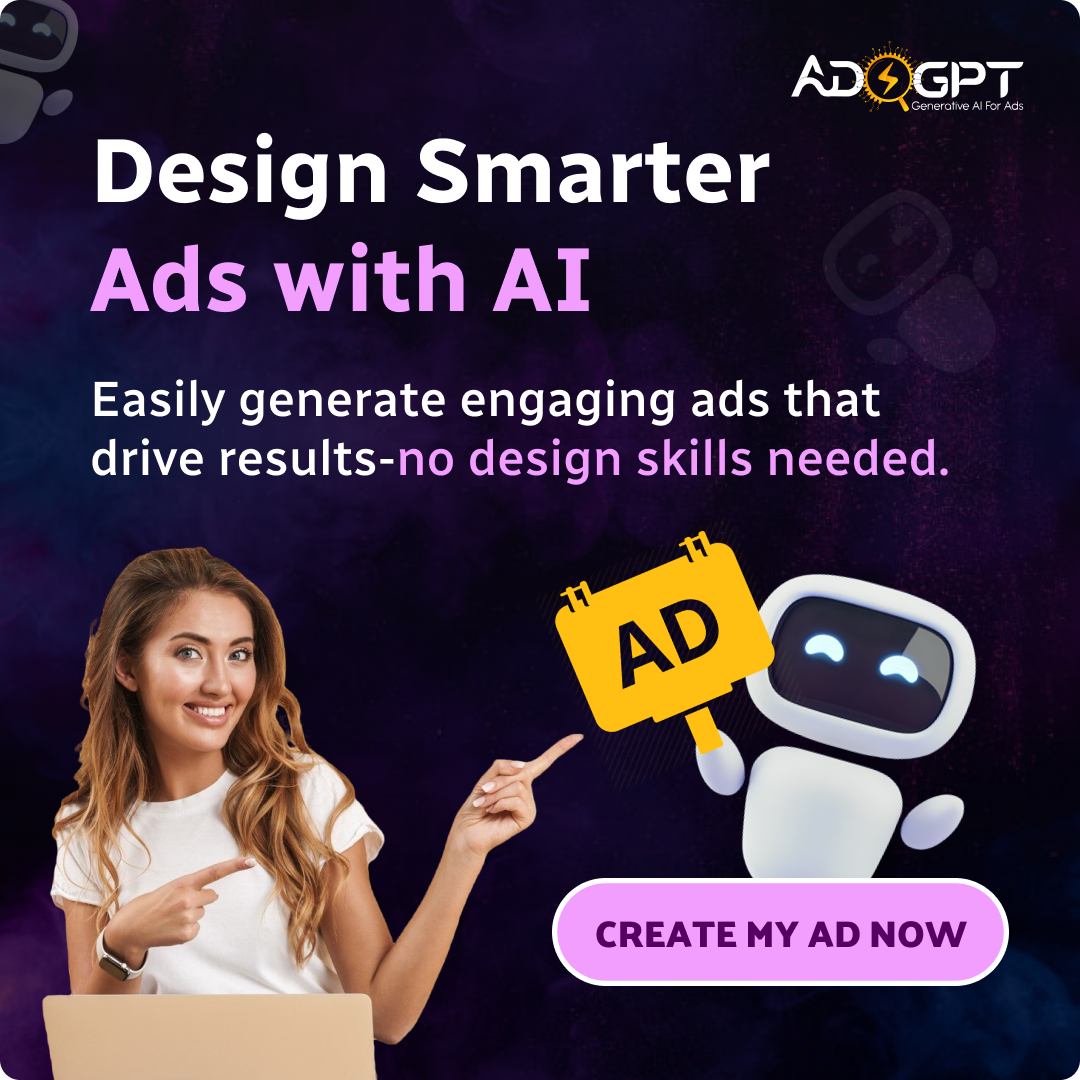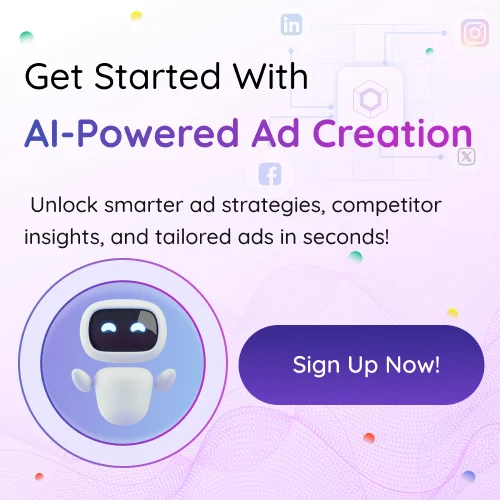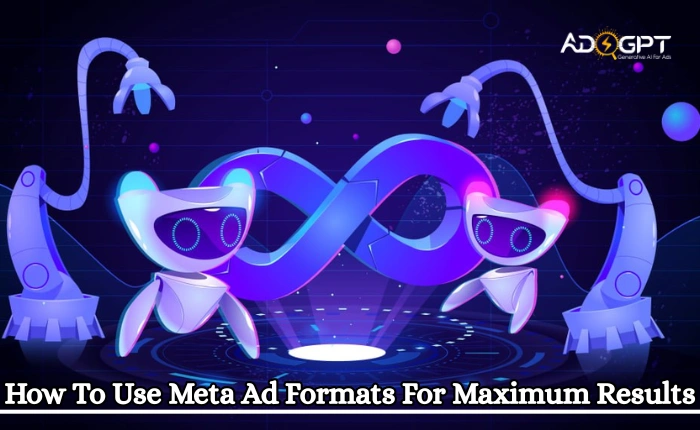
Digital advertising continues to evolve, and Meta (formerly Facebook) remains at the center of this transformation. Businesses that want to maximize visibility and conversions need to understand the different meta ad formats available. From immersive videos to interactive shopping placements, Meta offers a variety of ad styles designed to capture attention and drive measurable results.
This blog will walk you through the key aspects of meta ad formats, explore emerging trends, and share best practices for businesses planning their ad strategies in 2025.
Listen To The Podcast Now!
Why Meta Ad Formats Matter?
The online world is crowded. Every scroll, swipe, or click means your audience is bombarded with messages from countless brands. The right ad formats cut through this clutter by offering highly visual, interactive, and personalized experiences.
Whether you are running a small e-commerce store or managing a global campaign, the right ad format ensures your message resonates. Choosing wisely also allows you to align with your marketing goals, be it awareness, engagement, lead generation, or direct sales.
Overview Of Available Meta Ad Formats
Meta has created multiple formats tailored for different stages of the buyer journey. Below are the most common options marketers can explore:
Image Ads:
Image ads use a single high-quality visual to quickly capture attention. They work best for brand awareness or highlighting a key product. With a clear message and call-to-action, they make it easy for users to engage. Their simplicity ensures strong visibility in a crowded feed.
Video Ads:
Video ads let brands tell stories, showcase products, or demonstrate services in action. They generate higher engagement and retention than static formats. With Meta video ad formats available across Facebook, Instagram, and Messenger, advertisers can boost interaction and reach. A strong narrative makes them ideal for impactful campaigns.
Carousel Ads:
Carousel ads display multiple images or videos within one ad unit. Each card can feature its own link, making them perfect for showcasing collections or product features. They encourage exploration by letting users swipe through content. This format drives interaction and deeper engagement.
Collection Ads:
Collection ads create a mobile-friendly storefront within the Meta platform. They open instantly, allowing users to browse products without leaving the app. Combining visuals with shopping convenience, they streamline the buying journey. This makes them especially powerful for e-commerce brands.
Stories Ads:
Story ads are full-screen and immersive, appearing between organic stories. Their short, vertical format captures attention quickly. Perfect for limited-time offers, events, or engaging narratives. They feel natural to the platform, boosting completion and interaction rates.
Reels Ads:
Reels ads integrate seamlessly into Meta’s short-form video ecosystem. They appeal strongly to younger audiences who enjoy quick, creative content. With music, trends, and editing tools, brands can deliver authentic ads. This format drives awareness, engagement, and conversions effectively.
The Rise Of Meta New Ad Formats
In 2025, businesses should prepare for meta new ad formats, which are designed to boost personalization and interactivity. For example, augmented reality (AR) ads let users virtually try on products like sunglasses, shoes, or makeup. Interactive polls within stories further engage audiences by inviting them to participate.
The growing use of AI in Meta’s advertising ecosystem is changing ad formats and strategies. AI-driven automation now helps advertisers deliver the right creative to the right audience at the right time, boosting ROI.
Meta Ad Formats In 2025: What New Trends Should Marketers Expect?
The way people do advertising has changed a lot, and meta ad formats 2025 bring exciting updates. Here are some expected trends:
Deeper AI Integration:
Meta is embedding advanced AI into ad delivery, enabling smarter targeting, predictive insights, and AI ad creation that adapts instantly to user behavior. This means brands can run campaigns that feel more personalized and relevant in real time.
Shorter Content Lifecycles:
With attention spans continuing to shrink, formats like bite-sized videos, reels, and interactive stories will dominate. Marketers will need to focus on quick, impactful messaging that hooks audiences within the first few seconds.
Cross-Platform Placements:
Ads will flow seamlessly across Facebook, Instagram, Messenger, and WhatsApp. A single setup can reach audiences on multiple platforms, saving marketers time while ensuring consistent messaging and broader exposure.
Privacy-Centric Innovations:
Meta is refining its data practices with privacy-first solutions. Expect tools that balance compliance with effectiveness, allowing advertisers to reach relevant audiences without compromising trust.
Expanded Reels Ads:
Reels will become an even bigger focus of ad spend, supported by richer editing features, creative templates, and direct shopping integrations. These changes make Reels a must-use format for brands aiming to engage younger, video-first audiences.
Also Read:
How AI Ad Creation Works: A Simple Overview
How Do You Choose The Right Meta Ad Formats For Your Business?
With so many options, selecting the right meta ad formats can feel overwhelming. Here’s how to make the right choice:
- Define Your Objective: Awareness campaigns may work best with image or video ads, while e-commerce brands may benefit more from collection ads.
- Understand Your Audience: Younger users respond better to Reels and Stories, while older demographics may prefer traditional feed ads.
- Match Content With Context: Choose immersive ads for engaging stories and simpler ads for clear calls to action.
- Leverage AI Tools for Efficiency: Creating high-quality and platform-specific creatives can be challenging for many businesses. This is where tools like AdsGPT make a big difference. With its AI-powered ad copy generation, AdsGPT allows you to quickly craft engaging, optimized ad copies tailored to different meta ad formats, from Stories to Reels and Carousels, ensuring your campaigns hit the mark without guesswork.
- Test and Optimize: Always A/B test multiple ad formats to see what resonates best with your audience.
How Can AdsGPT Supercharge Your Meta Ad Formats Strategy?
Creating compelling ad campaigns across various meta ad formats can be time-consuming and challenging. That’s where AdsGPT comes in as a game-changing tool for marketers and businesses.
AdsGPT use generative AI to simplify ad creation while ensuring high performance and platform-specific optimization. Here’s how it can elevate your campaigns:
- Instant Ad Copy Generation: AdsGPT allows you to produce tailor-made ad copies in seconds for platforms like Meta, Google, LinkedIn, and Twitter. You don’t need advanced writing skills or guesswork to create engaging content.
- AI-Powered Creativity: The tool analyzes your input and applies industry best practices to craft ads that capture attention and drive conversions. This ensures every ad aligns with your brand voice and audience preferences.
- Platform-Specific Optimization: Different ad formats require different approaches. AdsGPT automatically optimizes your copy for each platform’s unique requirements, making it ideal for diverse meta ad formats like Stories, Reels, Carousel, and Collection ads.
- Competitor-Inspired Ads: AdsGPT lets you analyze competitor campaigns and generate similar high-performing copy, providing fresh ideas while saving time.
- Track and Refine Your Creations: Every generated ad copy is stored for easy reference. This allows marketers to refine strategies, learn from past campaigns, and continually improve results.
By integrating AdsGPT into your workflow, you can focus on strategy and creativity while the AI handles the heavy lifting of writing, optimizing, and adapting copy to different ad formats. It’s a smart way to maximize efficiency and effectiveness in 2025’s competitive ad landscape.
The best part? You can try AdsGPT for free.
How Can You Maximize The Impact Of Meta Ad Formats For Better Results?
Use High-Quality Creatives:
Invest in professional visuals and polished designs. Clear, visually appealing ads capture attention, build credibility, and improve engagement.
Leverage User-Generated Content (UGC):
Featuring real customers or influencers in ads increases trust and relatability. UGC often outperforms brand-only content in driving conversions.
Add Clear CTAs:
Every ad should guide users toward a specific action, like visiting a website, downloading an app, or making a purchase. Strong, concise CTAs increase campaign effectiveness.
Optimize for Mobile:
Design ads with mobile users in mind, ensuring visuals, text, and buttons are easily viewable and clickable on small screens.
Utilize Automated Ad Creation:
Leverage Meta’s AI-powered tools for automated ad creation to quickly generate multiple ad variations, test them, and identify top-performing content without manual effort.
Monitor Performance:
Track metrics like click-through rates, engagement, and conversions. Use Meta’s reporting tools to continuously refine campaigns for maximum ROI.
Also Read:
How To Implement Automated Ad Creation In 2025?
How Can Facebook Ad Spy Tools Give Your Brand a Competitive Edge?
To stay ahead, brands often analyze what competitors are doing. A facebook ad spy tool helps marketers see which creatives are performing well in the market. These insights can inspire fresh campaign ideas and reveal industry trends.
Marketers also use facebook ad spy strategies to monitor ongoing ads from rival businesses. While you should never copy directly, studying competitors’ ad formats and messaging can guide your own approach and help you test innovative campaigns.
Tools like AdsGPT can further enhance this process. After analyzing competitor ads, AdsGPT enables you to generate compelling, platform-optimized ads in seconds. By combining competitor insights with AI-powered ad generation, your brand can quickly create engaging ads across different Meta ad formats, making your campaigns more effective and efficient.
Future Of Meta Ad Formats
The evolution of meta ad formats shows no signs of slowing. As technologies like AI, AR, and VR advance, ads will become more immersive, personalized, and interactive. In fact, the line between organic content and paid ads is already blurring.
By 2025 and beyond, businesses that embrace creativity while staying adaptable will stand out. Meta will continue introducing fresh features to align with how audiences consume content. This means advertisers must remain flexible, ready to pivot strategies based on data and performance.
Conclusion
Meta has built an advertising ecosystem for businesses of all sizes. From simple image ads to interactive AR experiences, meta ad formats offer endless opportunities to reach your ideal audience.
By staying updated with meta new ad formats, leveraging ad formats meta strategies, and using insights from tools like facebook ad spy tool, you can create campaigns that capture attention and drive results.
To make this process even easier, tools like AdsGPT let you instantly generate high-performing, platform-optimized ad copies and ads for any meta ad format, saving time and boosting campaign effectiveness.
Success in meta ad formats 2025 comes from experimentation, learning, and adapting quickly to audience behavior. The future of advertising lies in personalization, interactivity, and innovation, and Meta is leading the way.
FAQs
1. What are Meta ad formats?
Ans. They are the different types of ads available on Meta platforms like Facebook, Instagram, and Messenger. They include image, video, carousel, collection, Stories, and Reels ads. Each format serves specific marketing objectives and audience engagement goals.
2. How do I choose the right Meta ad format for my campaign?
Ans. To select the best ad formats, define your campaign goal, understand your audience, and align the content type with the format. Testing different approaches and analyzing performance helps optimize engagement and boost conversions.
3. What are the benefits of using Meta ad formats?
Ans. Using these ad formats enables brands to craft engaging, interactive, and platform-specific campaigns. They enhance reach, capture audience attention, drive conversions, and allow marketers to adapt strategies more effectively.

